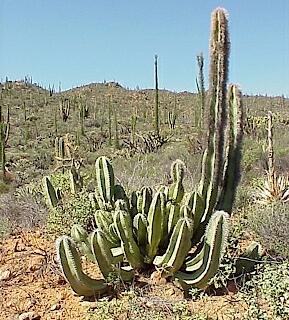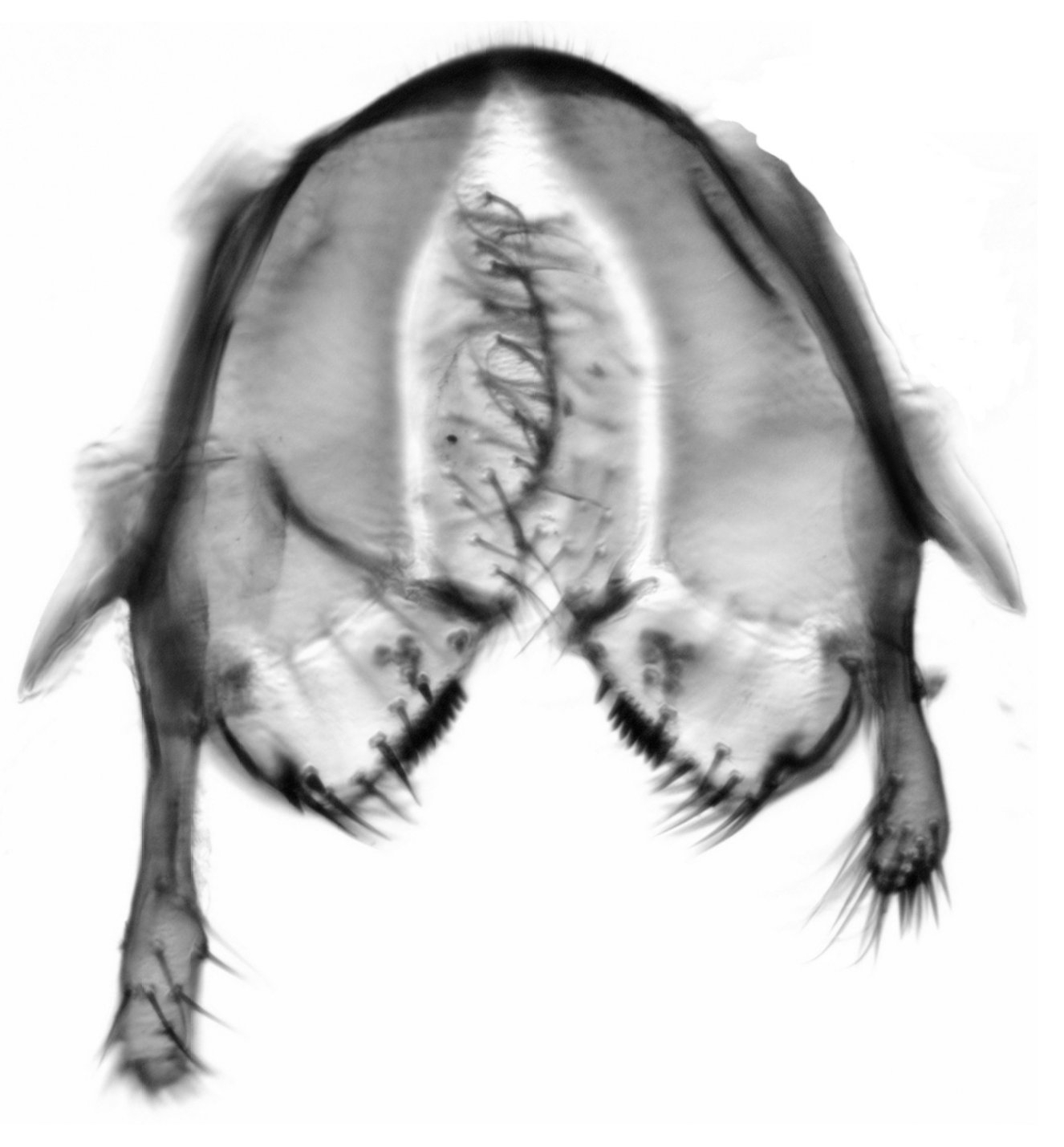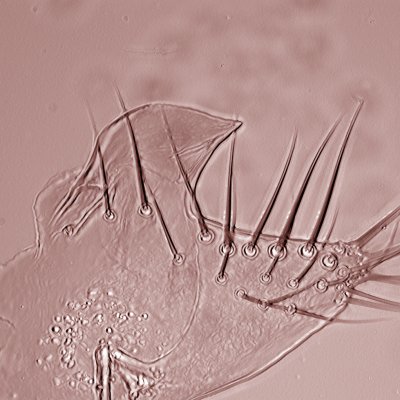

| Home
Research
People
Publications
Databases
Protocols BioInfo
Contact/Map |
Franšais |
Research projects
Our goal is to understand how and why specific phenotypes
arise
during evolution. We use all the available approaches (genomics,
developmental biology, biochemistry, behavioral assays, genetics,
etc.)
to tackle the problem.
Ecological specialization to an
obligatory host plant due to mutations
in an enzyme gene
 http://www.biology.ed.ac.uk/research/groups/jdeacon/ |
We also plan to study how a moth species adapted
to the senita cactus. |
Evolution of left-right size asymmetry
 |
How left-right asymmetries in organ size
develop remains a mystery. Drosophila
pachea has evolved a unique left-right asymmetry
in genitalia
lobes. No left-right size asymmetry has been described in
D. melanogaster.
We are trying to
uncover the mechanisms that triger asymmetric lobe
development
and the role of these asymmetric lobes during copulation.
We use a
stock of Drosophila
pachea
containing spontaneous symmetric mutant males and we
perform micro-scale laser removal of lobe bristles and
micro-scale surgery of lobes. We are also examining
left-right asymmetries in behavior and morphology in
species closely related to D.
pachea, in order to understand how left-right
asymmetry in lobe size evolved in D.
pachea. |
| Evolution of a new stable phenotype
|
Evolution of genitalia lobe shape
 |
We wish to understand how diverse biological
forms develop and evolve. To try to understand how genes
and cellular
mechanisms modulate organ shape in a subtle and precise
way, we are
examining the precise changes in genitalia lobe shape that
have
appeared during evolution in Drosophila
melanogaster and its three closely related
species. We would
like to identify genes and mutations responsible for
specific changes
in lobe shape and to characterize in detail the
development of the
posterior lobe at the cellular level in D.
melanogaster, in its closely
related species, and in hybrid lines that carry a small
piece of
another species genome. |

